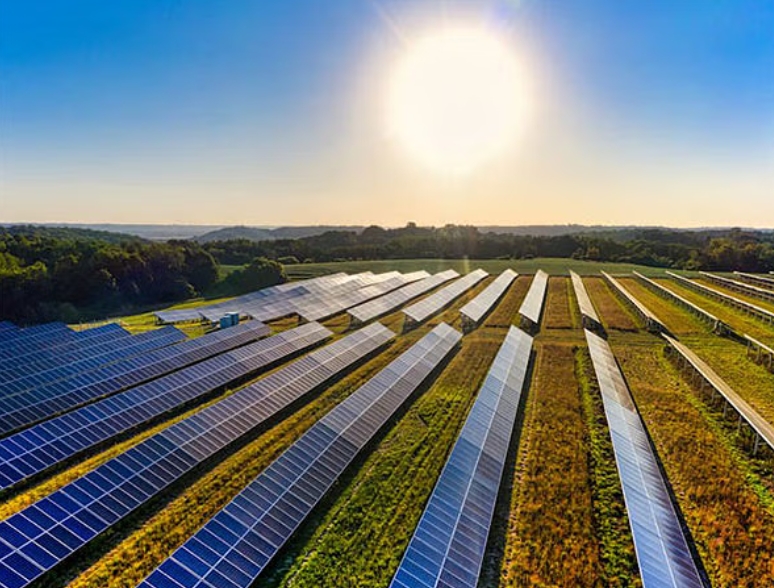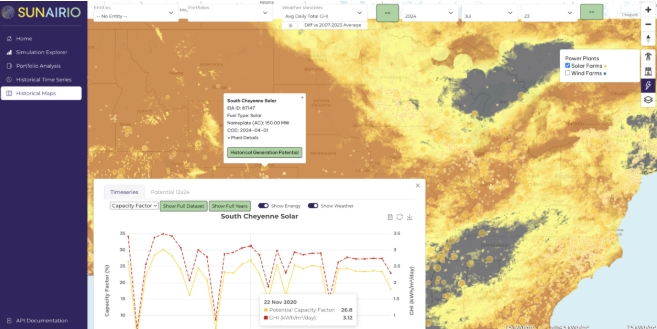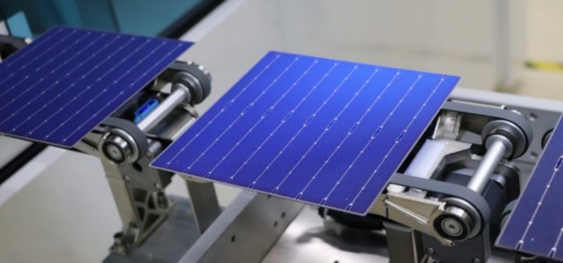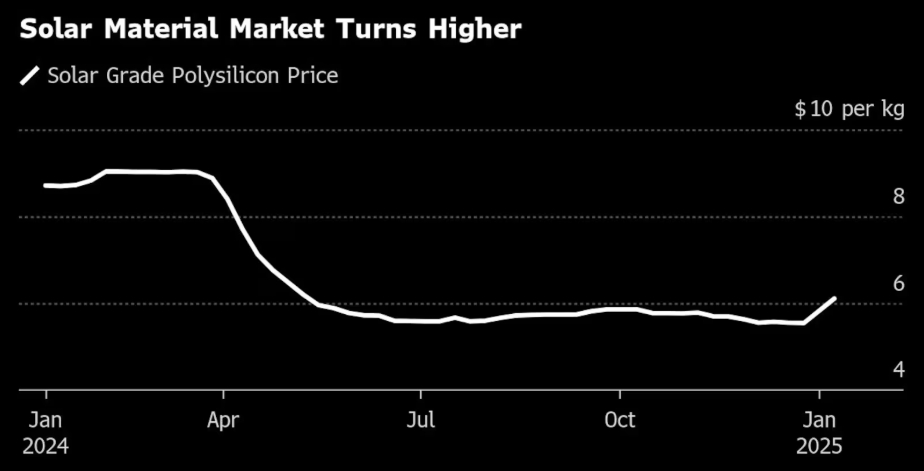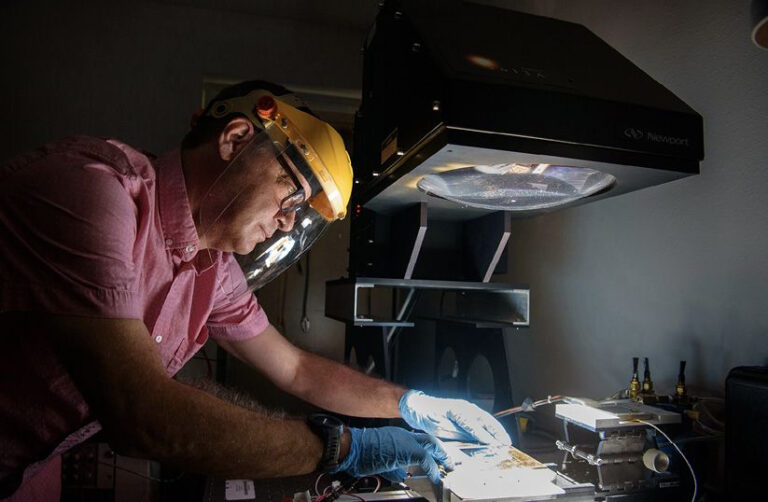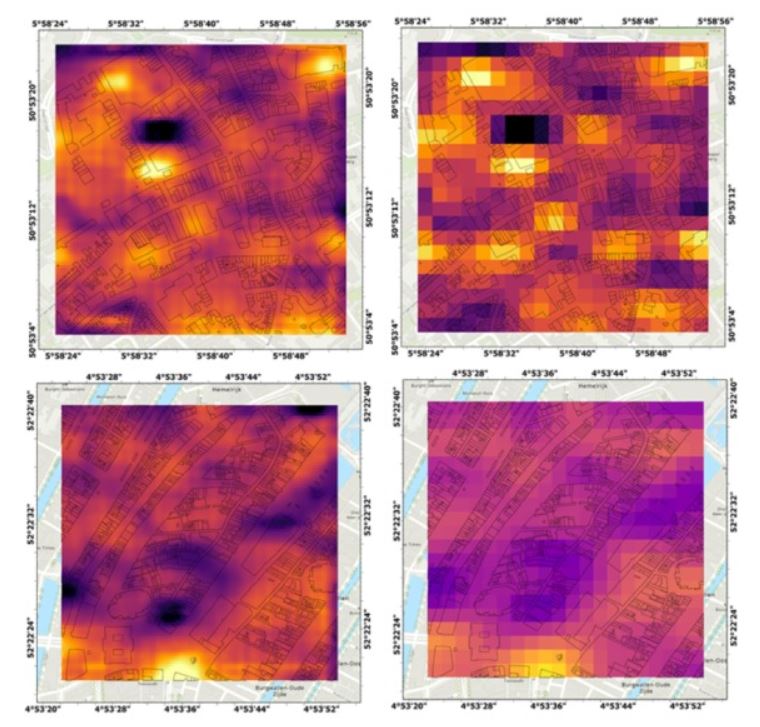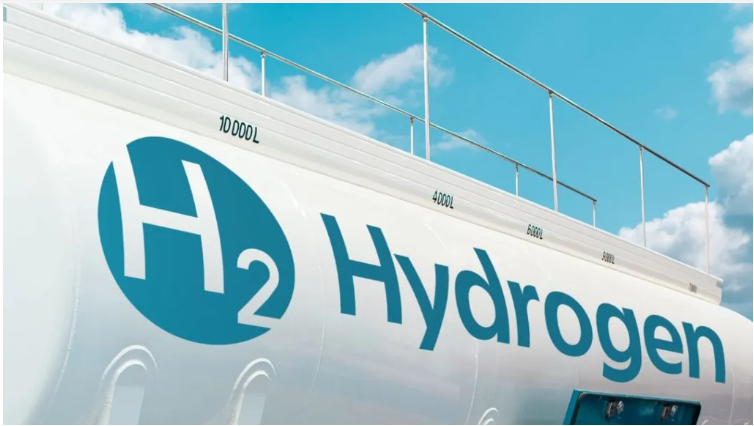
Louis Dreyfus Armateurs has developed an innovative vessel design.
The French shipowner’s unique vessel, which it developed through its Louis Dreyfus Ports and Logistics (LDPL), is capable of storing and supplying H2 using green ammonia technology.
The new design developed for the ship has been dubbed “FRESH”.
To create the “Floating Renewable Energy Solution for Hydrogen vessel” or simply “FRESH” – which uses green ammonia for H2 purposes – the company assessed various technology providers and teamed up with specialized engineering companies.

Last year, LDPL collaborated with Korean Register (KR) classification society for the purpose of reviewing and approving FRESH. The collaboration will ensure that the safety of this new concept vessel is in line with current marine industry practices, as it is not yet covered by present classification prescriptive rules.
LDPL and KR signed a memorandum of understanding back in September 2022. This sealed their agreement to work together to develop a fit for purpose technical framework that is regulatory compliant prior to the industrialization and commercialization of the FRESH hydrogen ship by 2025.
In November 2022, the partners reached another milestone when KR was awarded approval in principle to LDPL, which underscored FRESH’s technical viability and safety.
Green ammonia offers key advantages for seaborn vessels.
Green ammonia (where the process of making ammonia is 100% renewable and carbon free), can not only be used to make urea and fertilizers, but can also be dissociated into hydrogen and nitrogen. This is possible by using existing and readily available conventional reactors and separation technologies. According to LDPL, the hydrogen that results can be used in fuel cells to produce electricity for stationary or mobile applications.
Another major benefit of ammonia is that it is relatively easy to store and transport using sea vessels, allowing for convenient supply and storage of green hydrogen.
As for green hydrogen, LDPL believes that a key advantage of hydrogen is that it can be changed back into electricity using a fuel cell or be directly injected into a combustion engine.
“We are extremely proud to be at the forefront on the energy transition thanks to FRESH,” said Mathieu Muzeau, Managing Director of the Transport and Logistics division at Louis Dreyfus Armateurs. Muzeau added that the company believes its innovation with allow “a new and global import and export supply chain” centered around renewables like green ammonia and green hydrogen as energy carriers.
Also commenting on the project, Hyung Chul Lee, KR Chairman and CEO, said, “FRESH is going to revolutionize the last mile logistic of hydrogen delivery and enable the maritime sector to play a pivotal role in the decarbonization of other hard-to-abate industries.”
